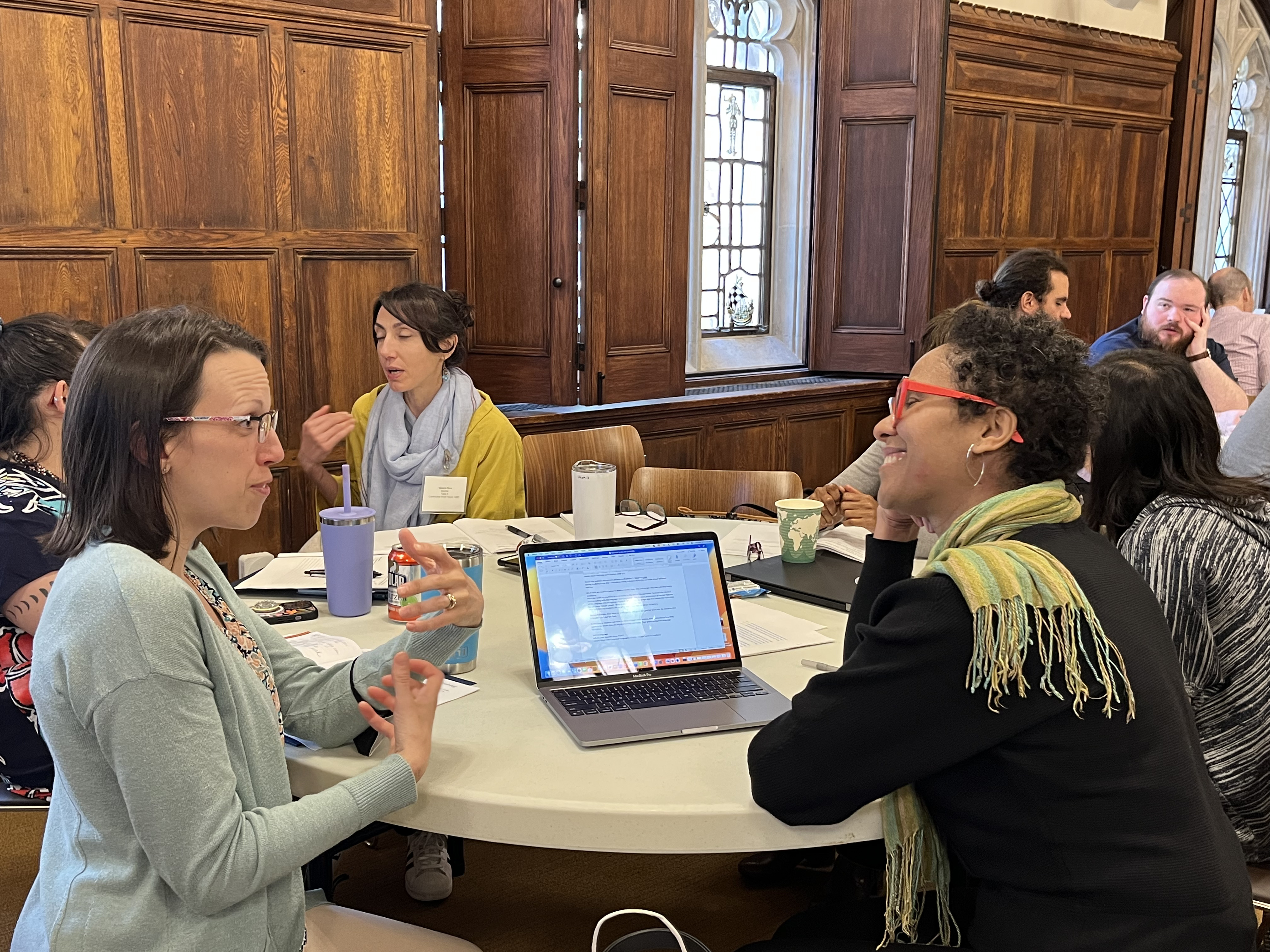Ambrose, S., Bridges, M., Lovett, M., DiPietro, M., & Norman, M (2010). How Learning Works: 7 Research – Based Principles for Smart Teaching. San Francisco: Jossey-Bass.
Dirks C, Wendroth MP, Withers M. (2014). Assessment in the College Classroom. New York, NY: W.H. Freeman and Company.
Krathwhol DR. (2002). A Revision of Bloom’s Taxonomy: An Overview. Theory Into Practice 41(4): 212- 218.
Richmond, A., Boysen, G., and Gurung, R. (2016). An Evidence-based Guide to College and University Teaching. New York: Routledge.
Wiggins GP, McTighe J. (2005). Understanding by Design. Moorabbin, Vic: Hawker Brownlow Education.
